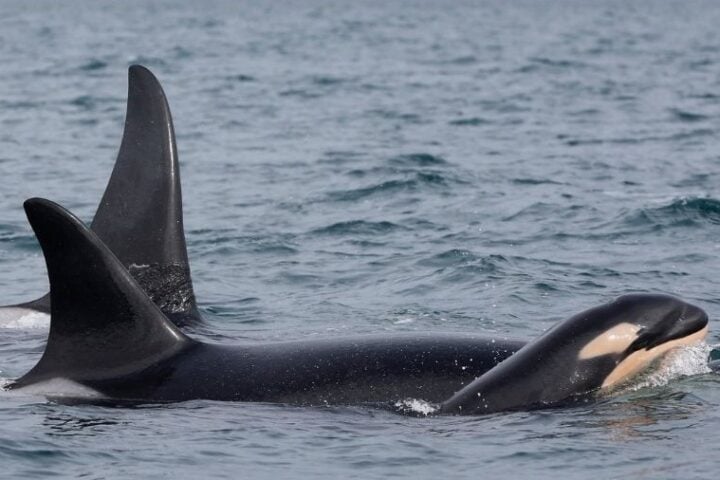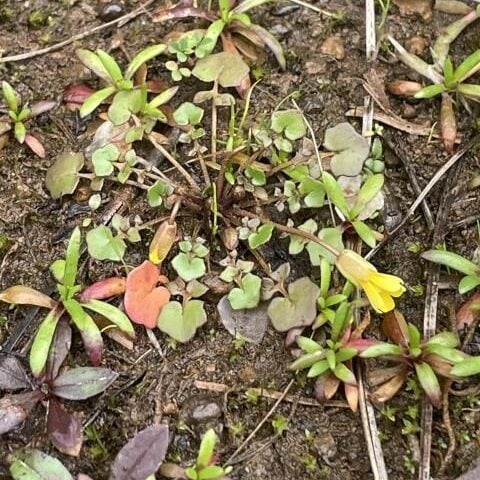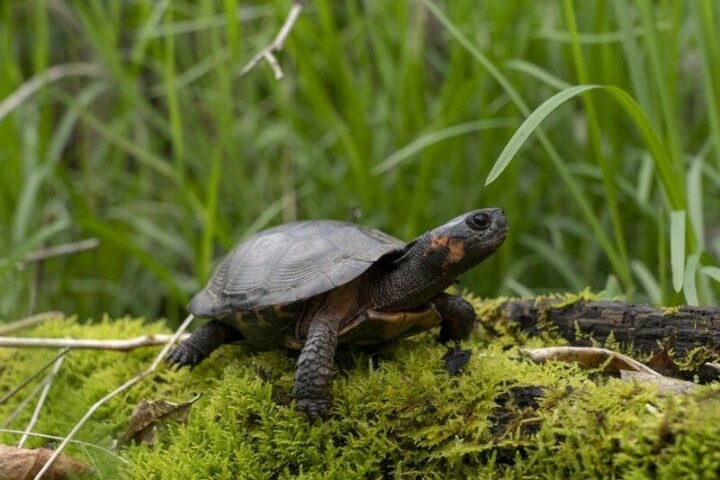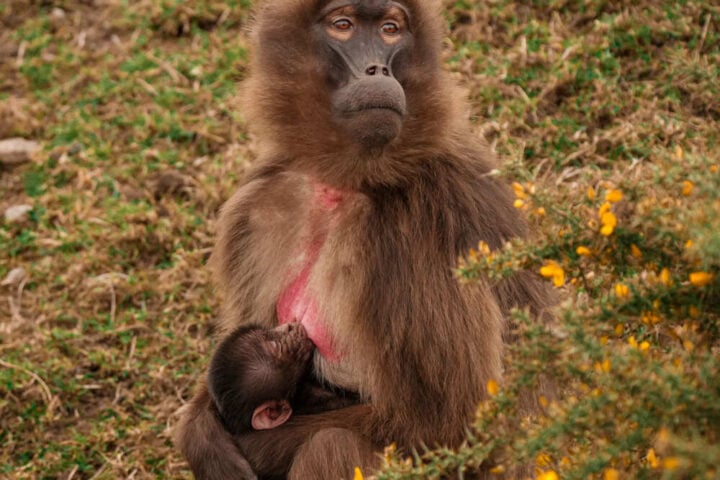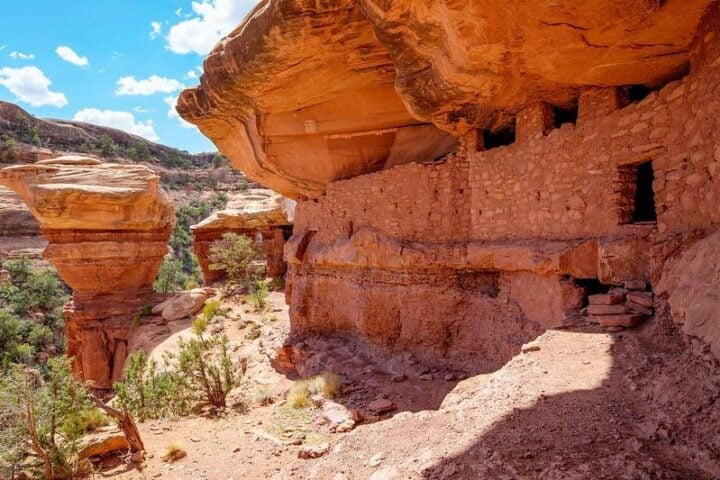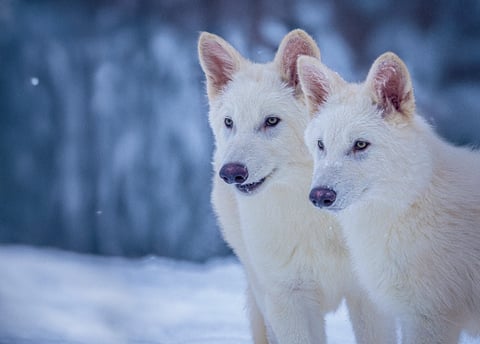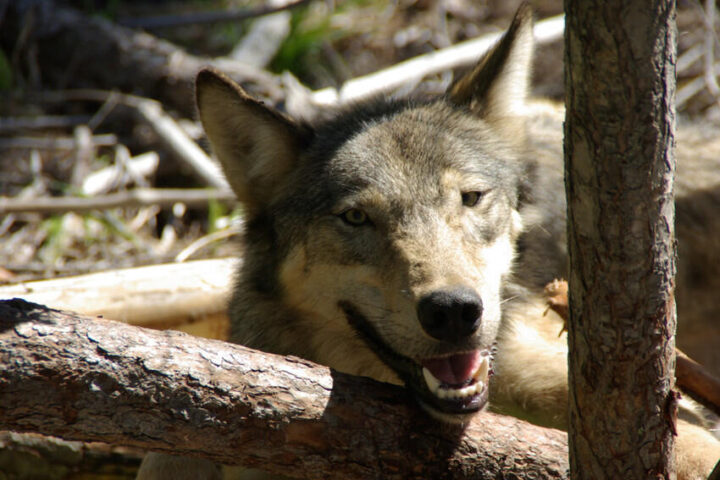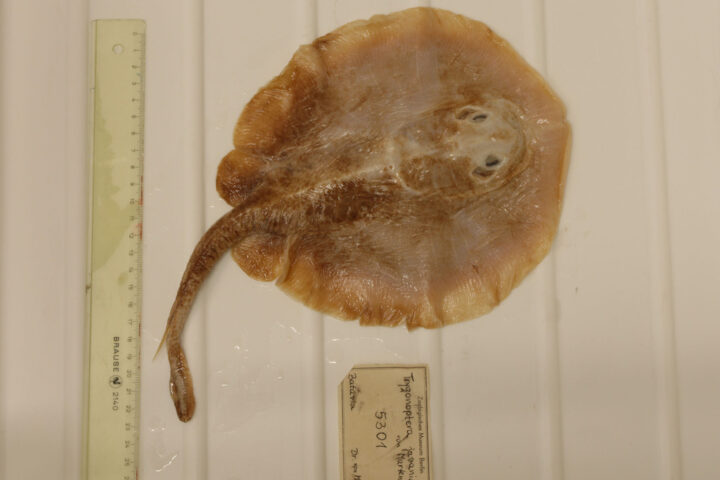In a turn of events that has caught wildlife biologists by surprise, the Mount Graham red squirrel population has increased to 233 individuals, up from 144 in 2023. This rare subspecies, found exclusively in Arizona’s Pinaleño Mountains, has shown resilience despite facing multiple environmental challenges.
“We all knew that we were seeing a lot of squirrels and middens during this last survey, but I don’t think any of us expected such a dramatic increase,” said Holly Hicks, Arizona Game and Fish Department’s small mammal project coordinator.
The annual interagency population survey, conducted through a collaborative effort between the Arizona Game and Fish Department, Coronado National Forest, and the U.S. Fish and Wildlife Service, revealed these findings through systematic searches for active middens – the squirrels’ feeding and storage sites. Each midden typically indicates the presence of one squirrel, and this survey method has been in place since 2019.
The recovery marks a substantial improvement from the devastating aftermath of the 2017 Frye Fire, when the population plummeted to approximately 35 individuals. “We were all extremely concerned for the subspecies after the 2017 Frye Fire caused the squirrel’s population to drop drastically,” said Marit Alanen, lead Mount Graham red squirrel biologist for the U.S. Fish and Wildlife Service. “So seeing a number now over 200 is really fantastic news.”
Conservation Challenges and Responses
The Mount Graham red squirrel, listed as endangered since 1987, faces multiple threats to its survival. These include:
- Wildfire damage to habitat
- Insect infestations affecting food sources
- Competition with non-native Abert’s squirrels
- Reduced pine cone crops due to drought conditions
Current conservation measures involve habitat assessment, insect pheromone treatments to protect trees, and forest stand monitoring. The Arizona Center for Nature Conservation, Phoenix Zoo, and University of Arizona are conducting captive rearing programs and research efforts.
More Stories
Management Practices Show Results
Coronado National Forest Supervisor Kerwin S. Dewberry stated, “We are excited to see that current land management practices being implemented in the Pinaleño mountain range are proving to be beneficial for the Mount Graham red squirrel population.”
While the current numbers show improvement, they remain below the peak of approximately 550 squirrels recorded in the late 1990s. The typical population range fluctuates between 200 and 300 individuals.
Ongoing Conservation Efforts
Active conservation measures include:
- Forest stand monitoring and enhancement
- Conifer seed collection, storage, and planting
- Reduction of food and habitat competitors
- Life history and translocation/augmentation research through the University of Arizona
- Annual survey monitoring
The Mount Graham red squirrel’s territorial nature and lower reproductive rates compared to other red squirrel species make these conservation efforts crucial for their survival. These squirrels live only in the upper elevation conifer forests of the Pinaleño Mountains and feed primarily on conifer seeds.
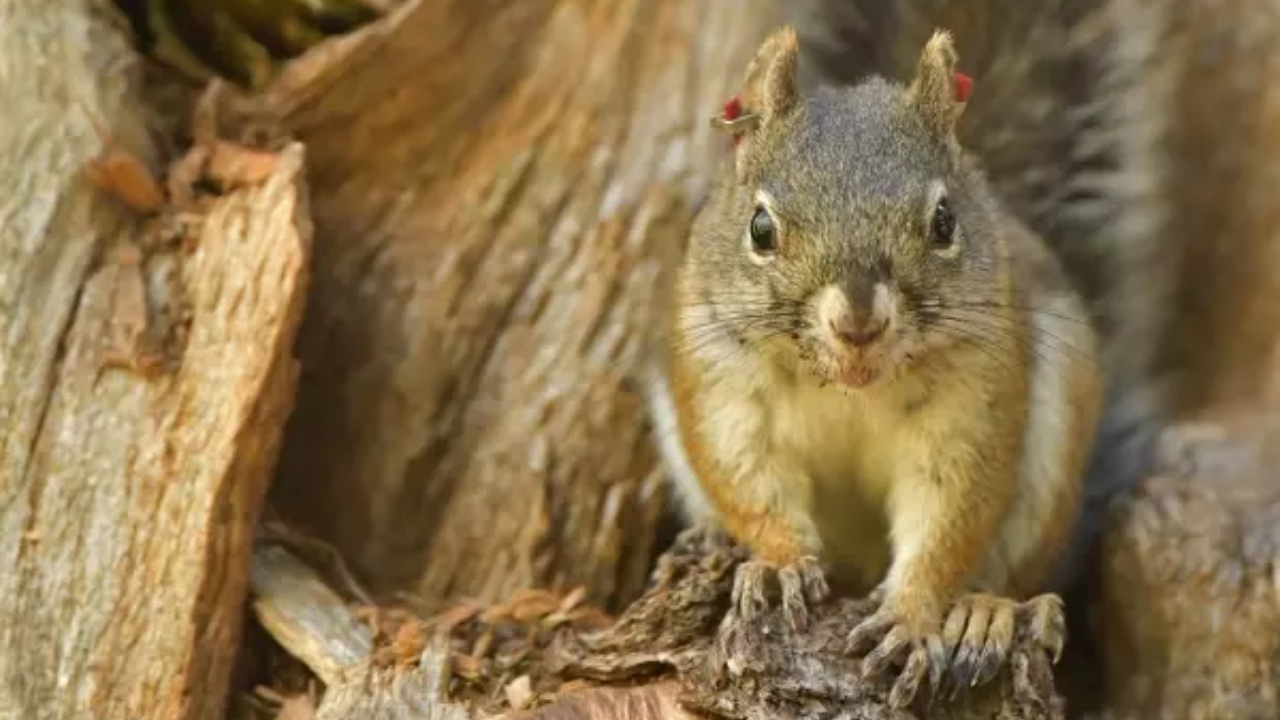
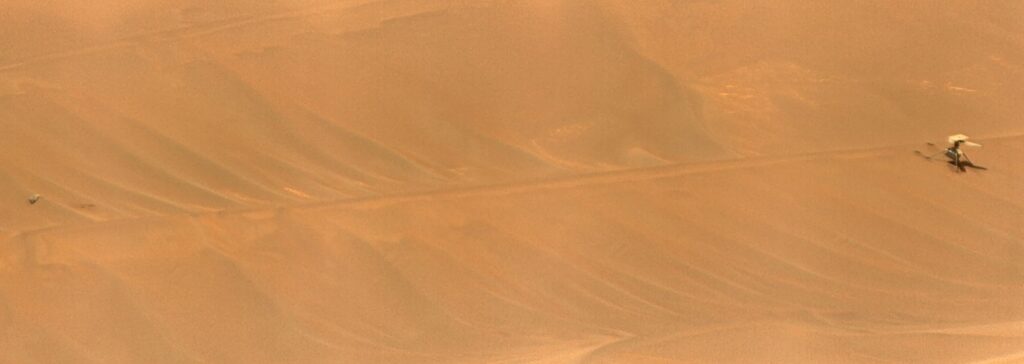
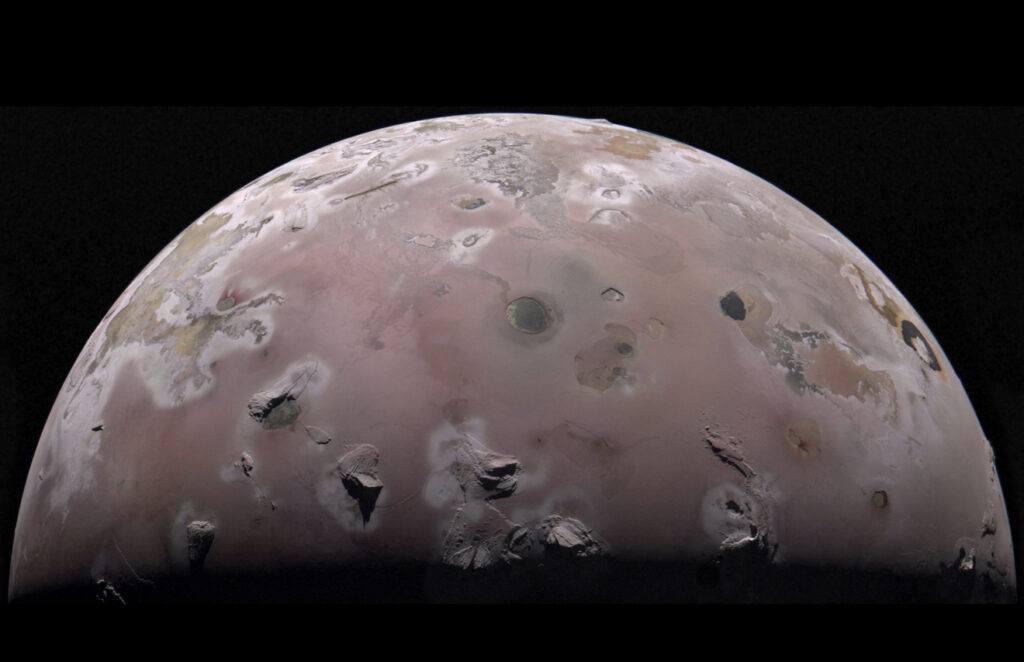




![Representative Image: European Starling [49/366]. Photo Source: Tim Sackton (CC BY-SA 2.0)](https://www.karmactive.com/wp-content/uploads/2025/04/Starlings-Drop-82-in-UK-Gardens-as-Birdwatch-2025-Reveals-Record-Low-Count-Since-1979-720x480.jpg)

